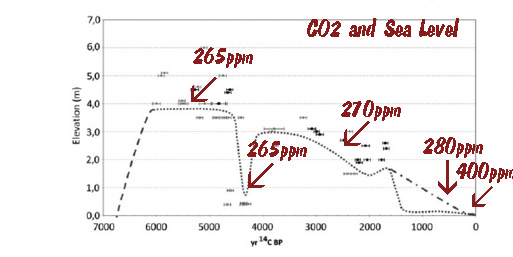
4ĭetection of a patient’s declining respiratory status before progression to respiratory depression can help avert undesirable outcomes and transfer to an ICU. 5-7 The use of continuous capnography monitoring yielded the following incidences: respiratory depression based on bradypnea, defined traditionally (≥1, two-minute or longer low-RR event ) was 58% defined conservatively (≥1, three-minute or longer low-RR event) was 41%. 4 However, the incidence of respiratory depression as measured by bradypnea was far greater than the 1 to 2% reported in the literature. The incidence of respiratory depression as measured by oxygen desaturation was 12%, consistent with previous estimates. used both pulse oximetry and non-invasive capnography to continuously monitor 178 patients receiving PCA therapy. In particular, the value of using capnography to measure not only respiratory rate (RR) but also end-tidal carbon dioxide (EtCO 2) is not well recognized. Most general-care clinicians are not as familiar with this type of monitoring as they are with pulse oximetry. Until recently capnography monitoring could only be used with intubated patients in the operating suite and intensive care unit (ICU). Conference participants generally recommended pulse oximetry for all patients receiving PCA therapy, and capnography only for those receiving supplemental oxygen. 2 During the conference it was evident that there is a significant need for the anesthesia community to better understand and fully embrace the critical importance of continuous respiratory monitoring-particularly capnography in conjunction with, or as an alternative to, pulse oximetry when parenteral opioids are used in the postoperative period.

This has implications for improving triage and assisting EMS in directing patients to an appropriate trauma center.Ĭapnography end-tidal carbon dioxide prehospital trauma vital signs.In 2006 the ASPF first addressed the issue of drug-induced respiratory depression in the postoperative period, 1 and in June of 2011 convened its second conference to work toward mitigating and eventually eliminating this serious patient safety risk.

We found an inverse association between prehospital EtCO 2 and mortality. There was no correlation between RR and EtCO 2 (correlation 0.16 p = 0.06). The mean EtCO2 level was 18 mmHg (95%CI 9-28) in non-survivors compared to 34 mmHg (95%CI 32-35) in survivors. The mean age of patients was 40 (SD17), 97 (72%) were male, 76 (56%) were admitted to the hospital and 15 (11%) went to the ICU. The main outcome measure was mortality.ġ35 trauma patients were included 9 (7%) did not survive. We evaluated initial out-of-hospital vital signs documented by EMS personnel including EtCO 2, respiratory rate (RR), systolic BP (SBP), diastolic BP (DBP), pulse (P), and oxygen saturation (O 2) and hospital data.

Retrospective, cross-sectional study of patients transported by a single EMS agency to a level one trauma center. End-tidal carbon dioxide (EtCO 2) measurement has been shown to have prognostic value in acute trauma.Įvaluate the association of prehospital EtCO 2 and in-hospital mortality in trauma patients and to assess its prognostic value when compared to traditional vital signs.


 0 kommentar(er)
0 kommentar(er)
